אנדי וורהול(1928-1987)
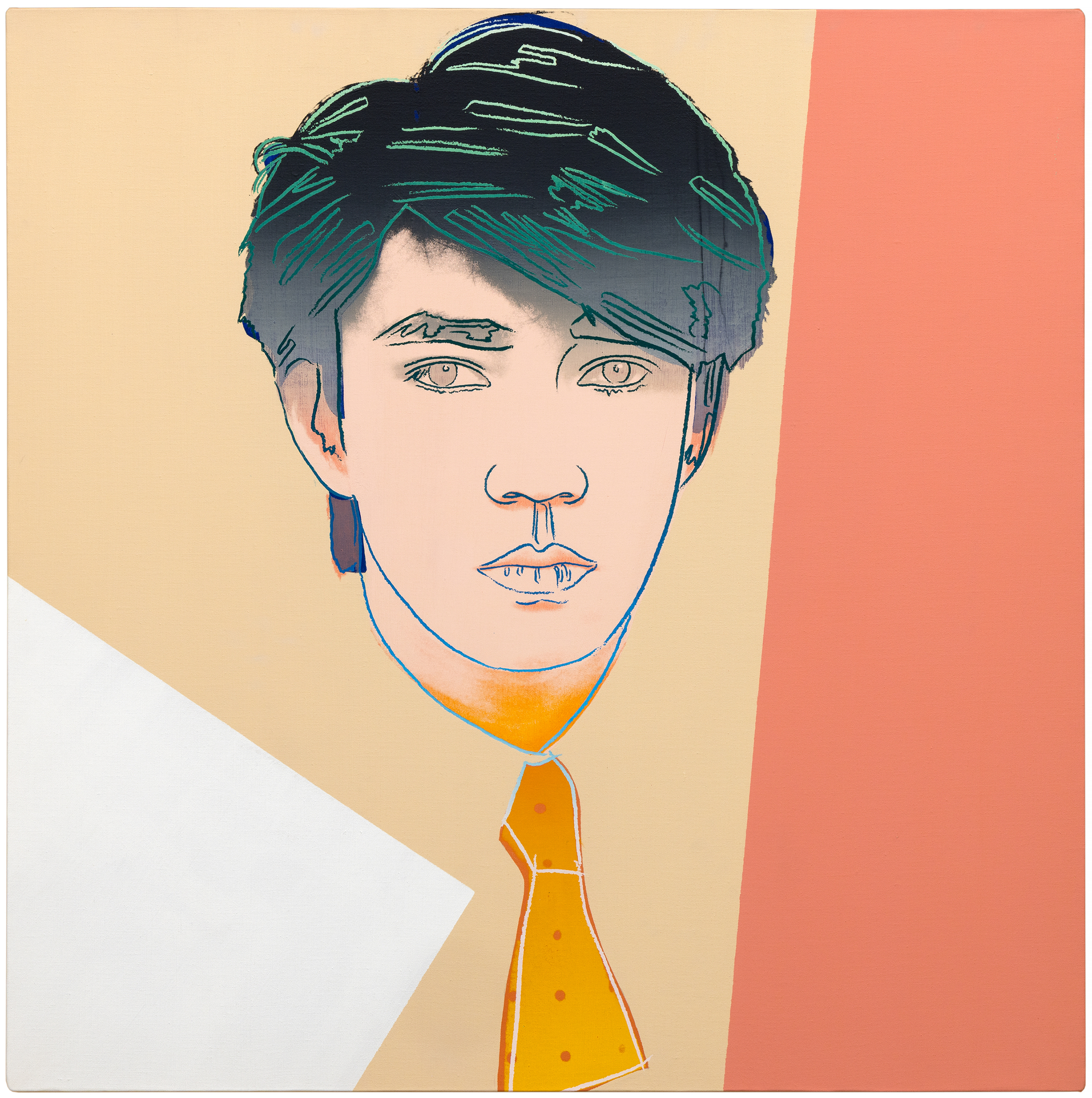
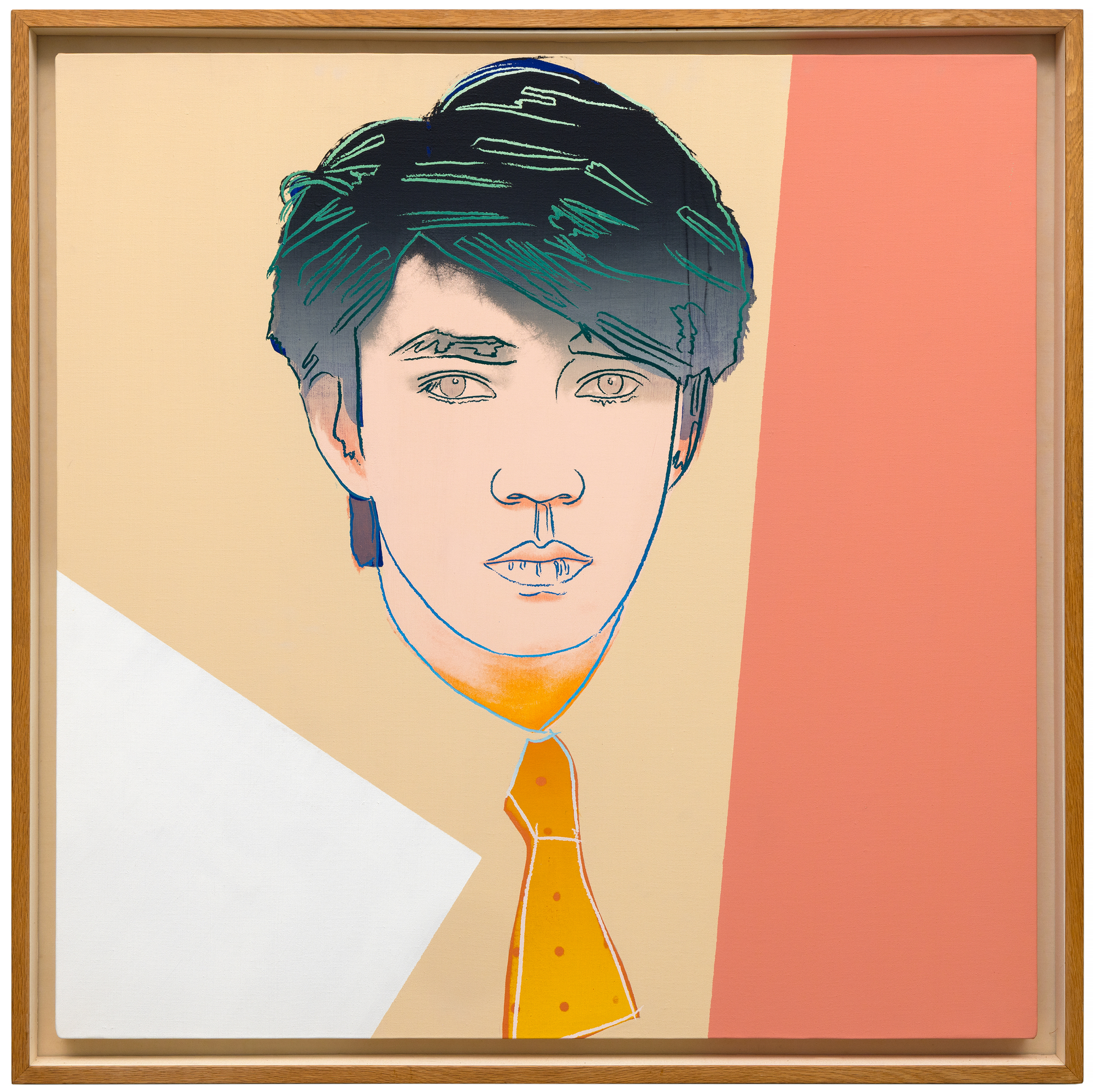
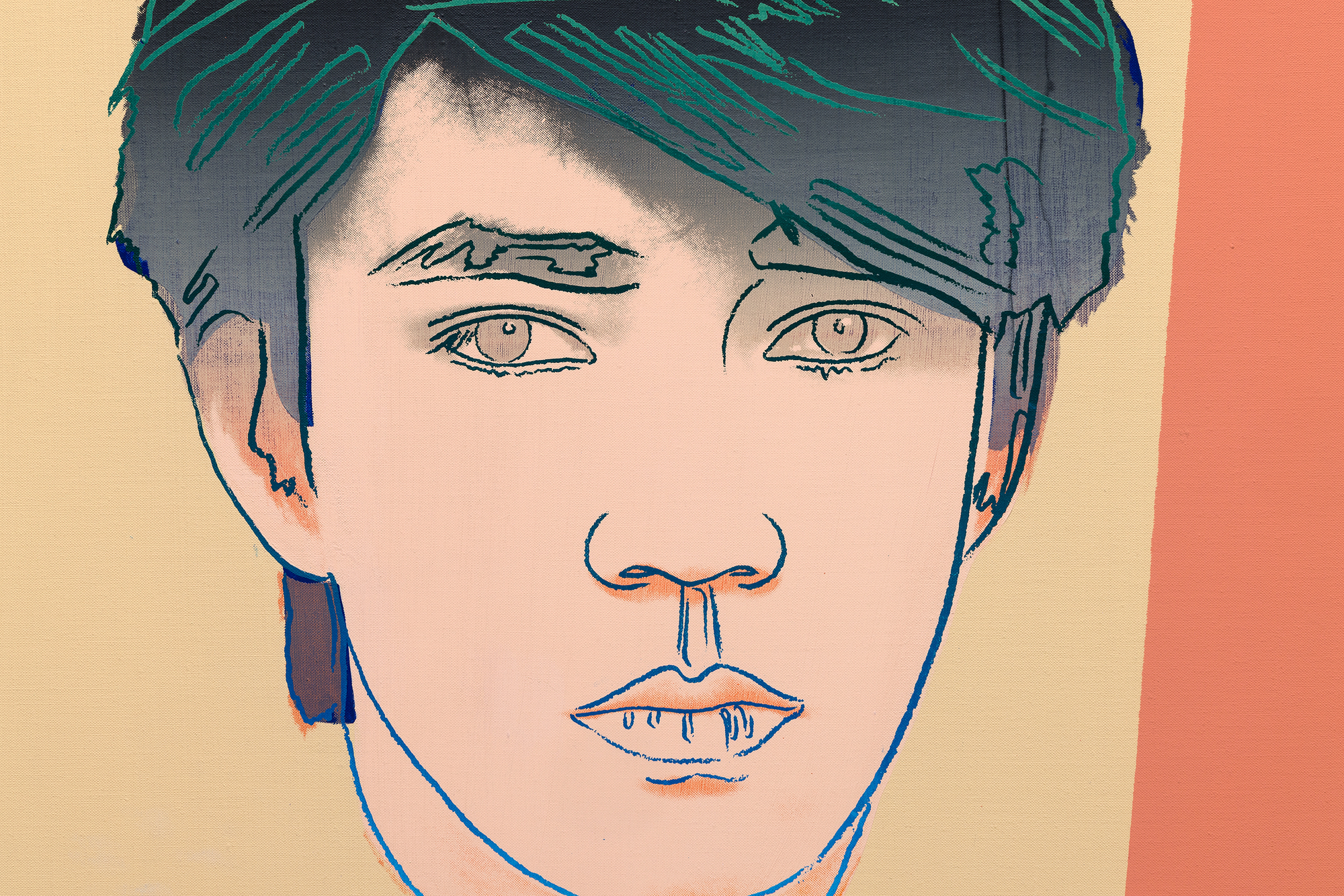
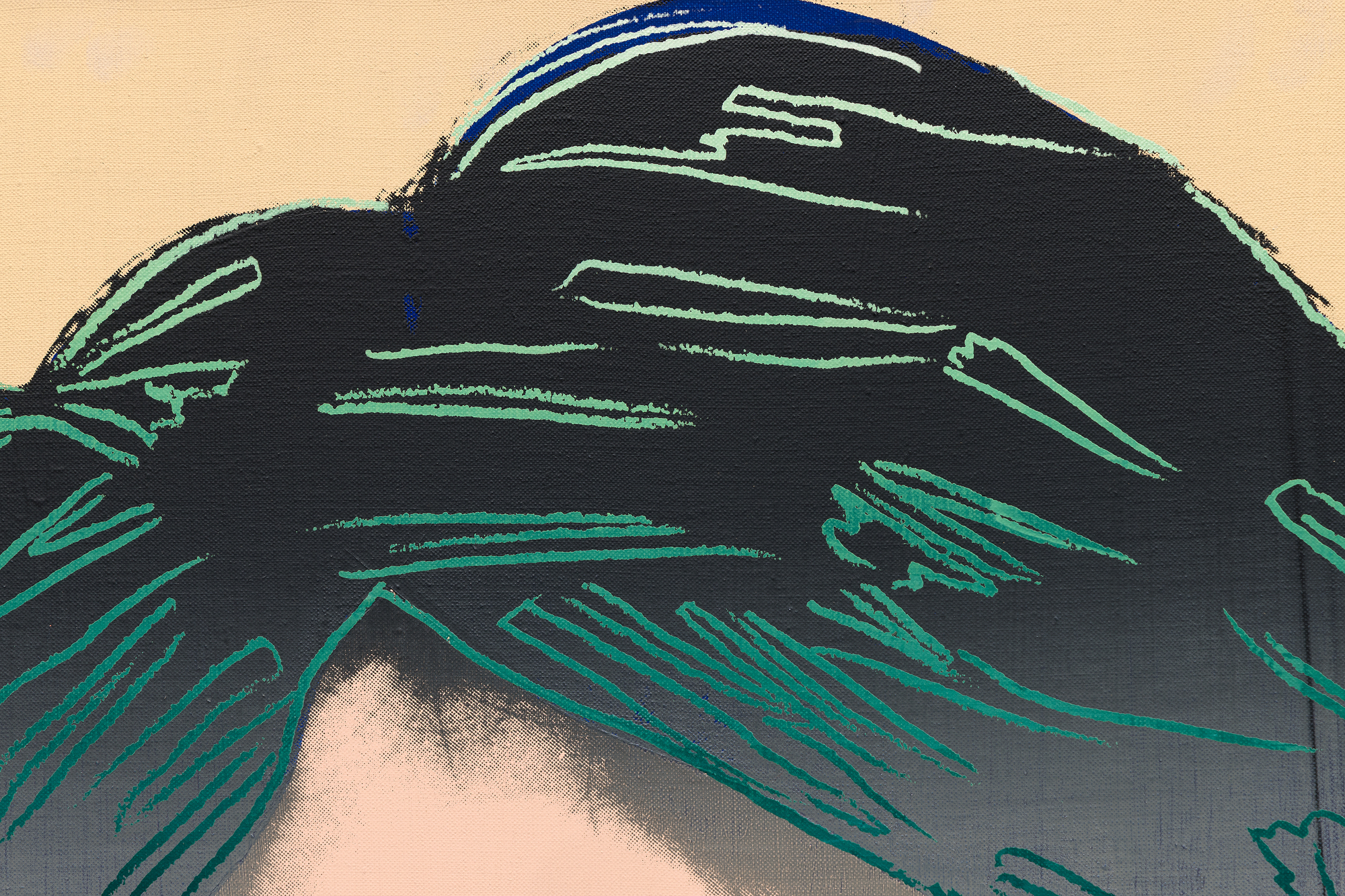
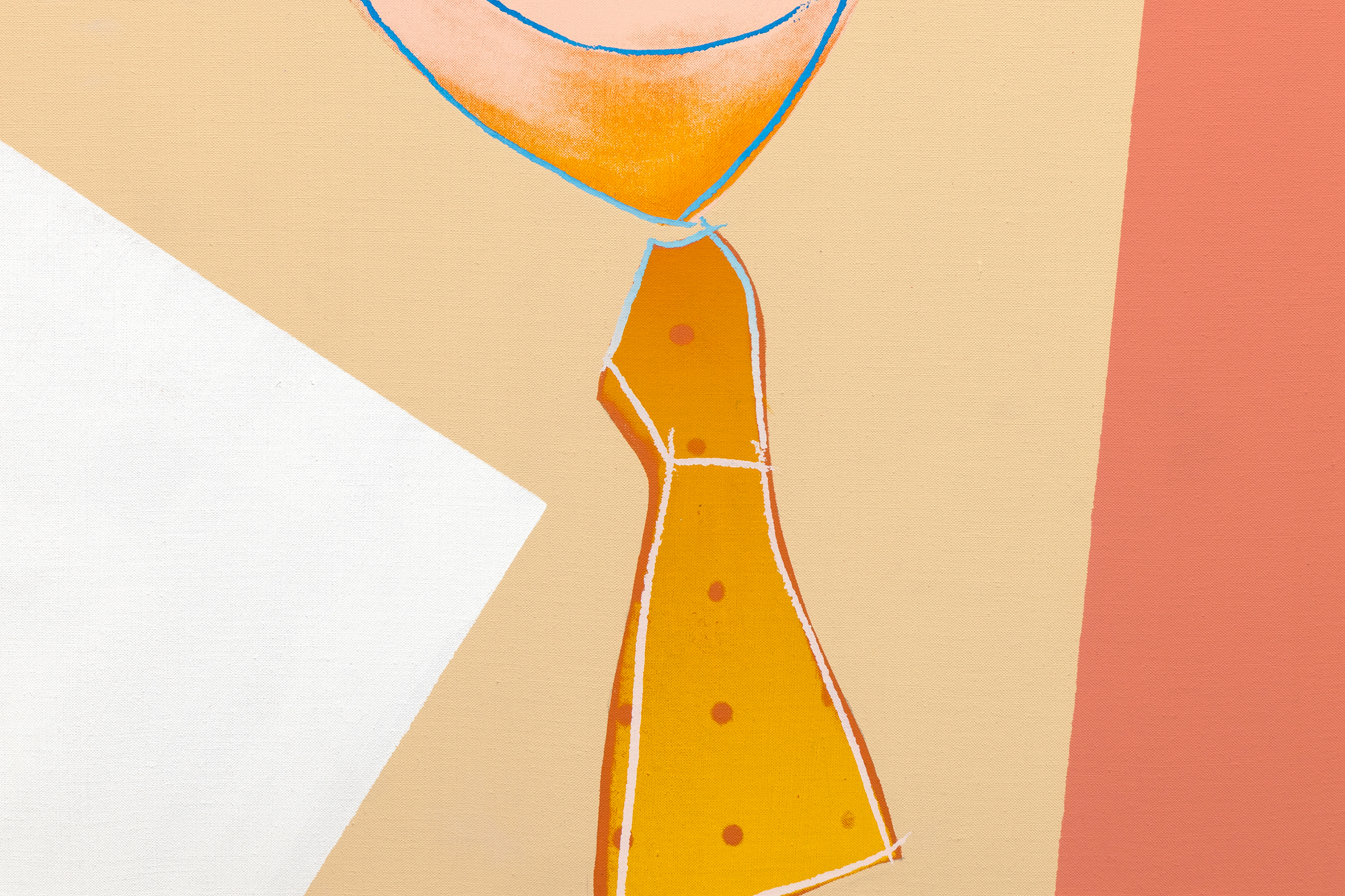
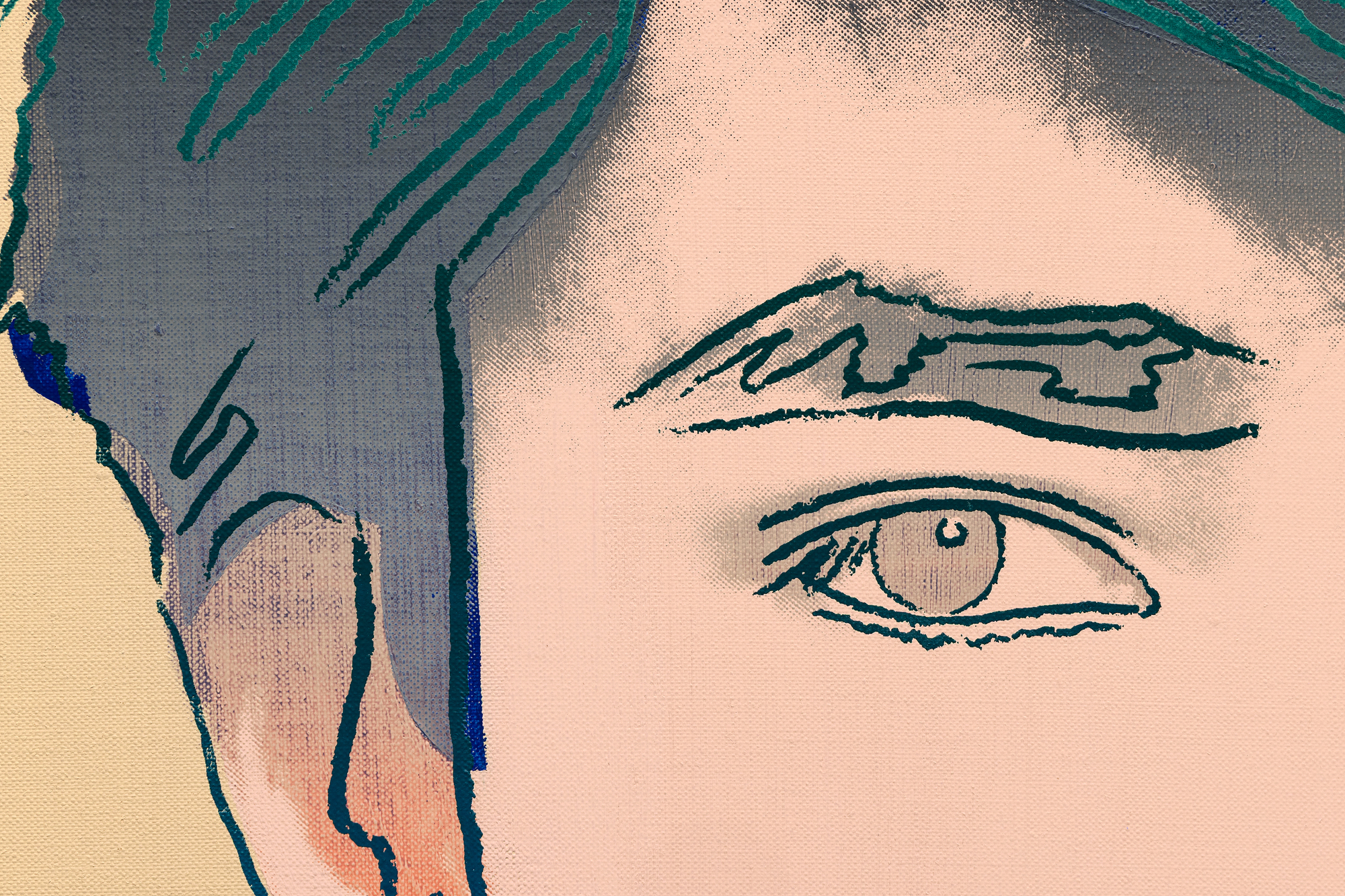

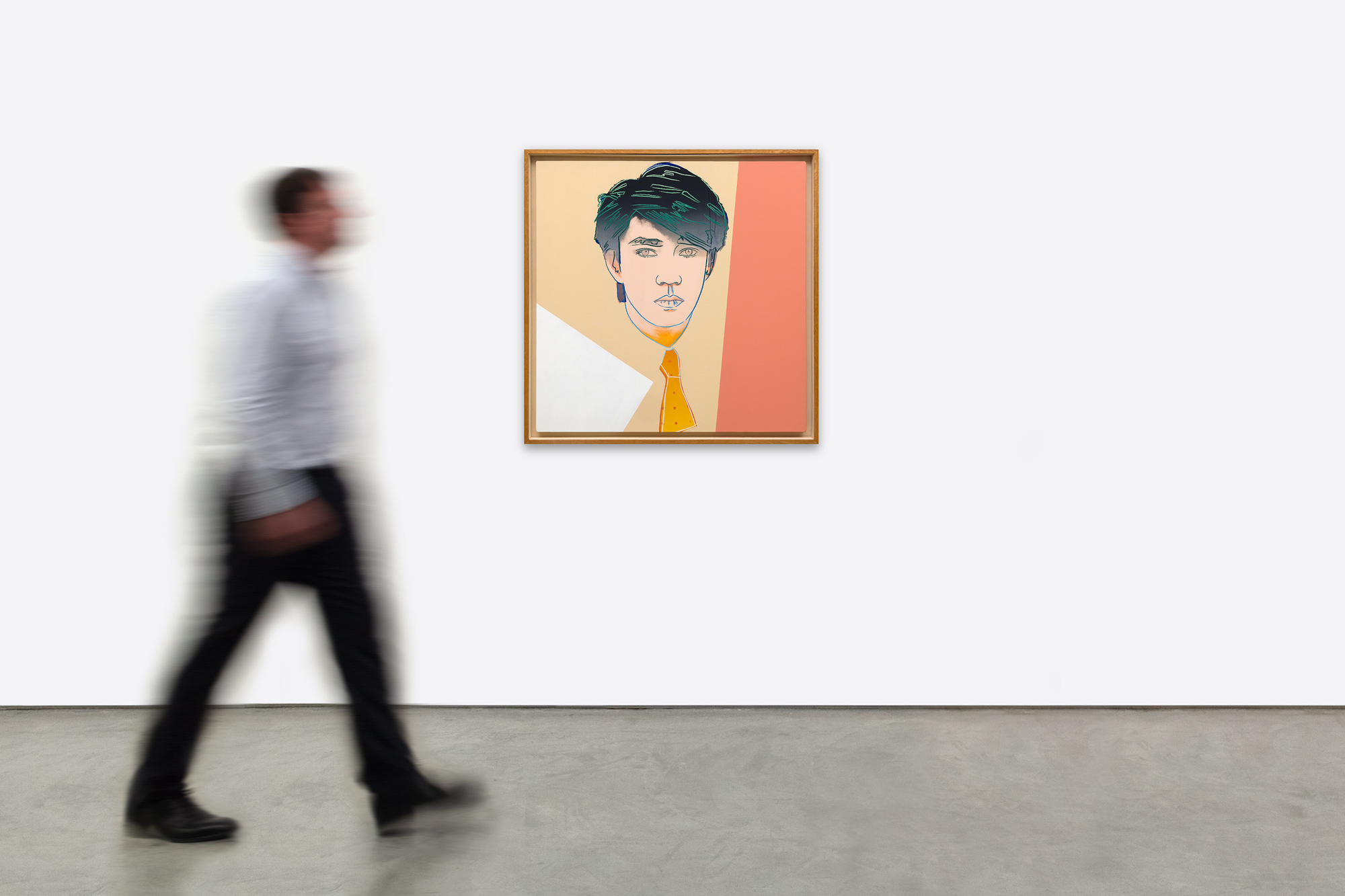
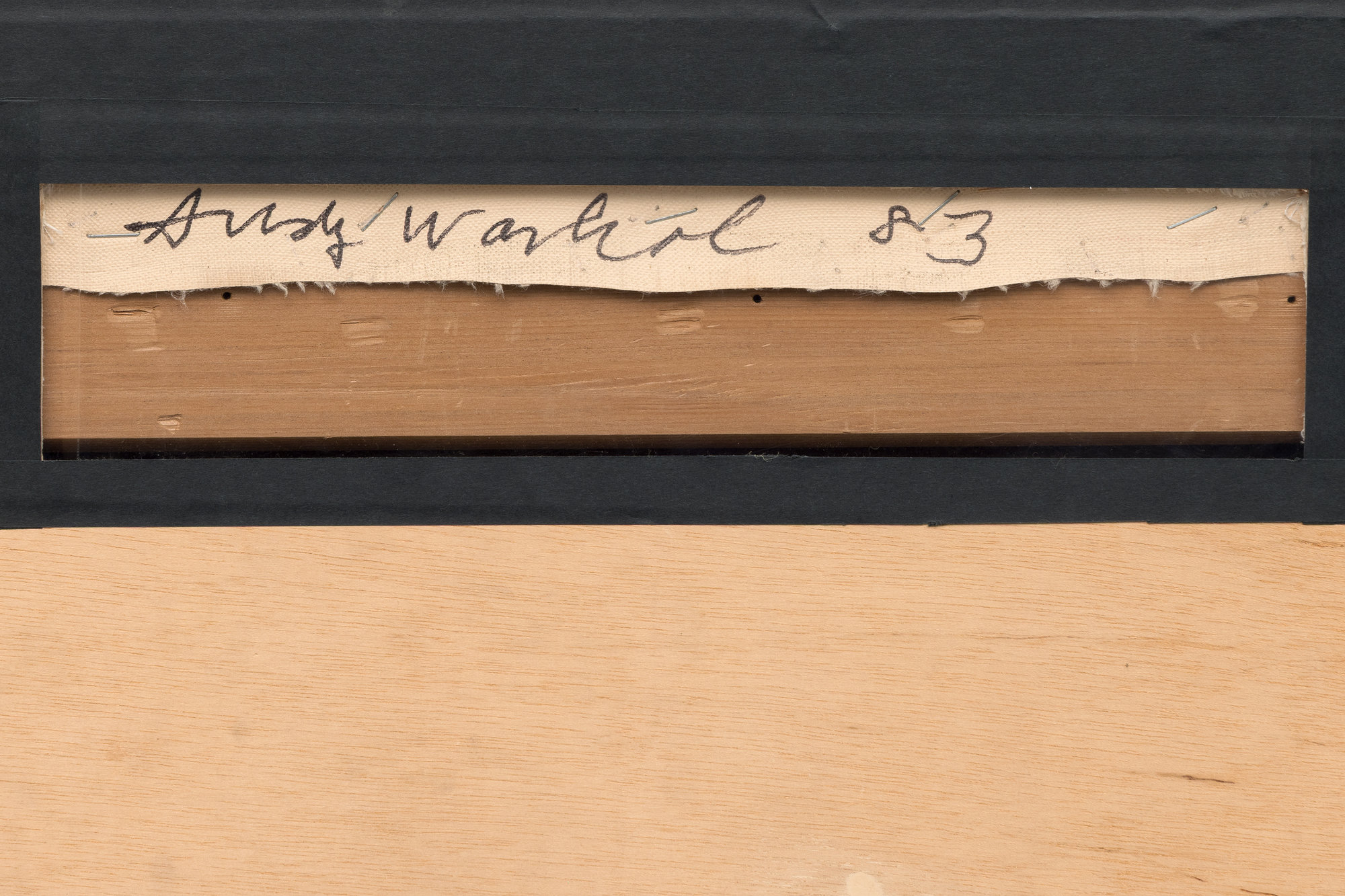
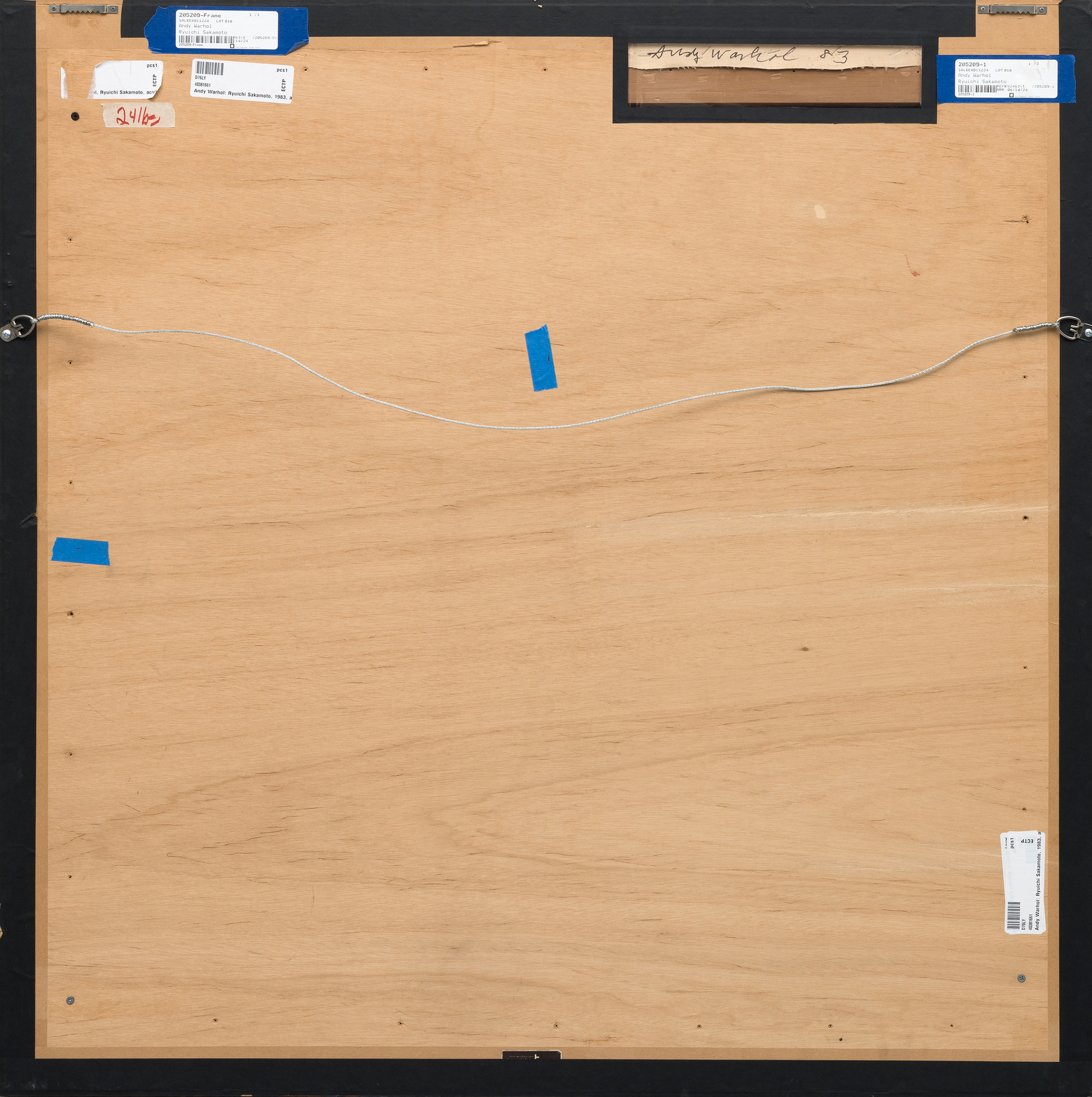
מקור ומקור
חברת Kyowa Hakko Kirin, יפןאוסף פרטי
מאלט אינטרנשיונל, טוקיו, 13 ביולי 2017, מגרש 230
אוסף פרטי, נרכש מהנ"ל
סותביס ניו יורק: יום חמישי, 28 בספטמבר, 2023, פריט 245
אוסף פרטי, נרכש מהנ"ל
מחיר 345,000
הקומפוזיציה מדגישה את פניו המסוגננות של סאקמוטו, המעוצבות בקווי מתאר מדויקים של הדפס משי. שיערו הכהה והמרקם מוצב על רקע פאנל בצבע אפרסק, המצטלב על ידי קטע משולש לבן. וורהול שיפר את תהליך ההדפס עם נגיעות מצוירות ביד המדגישות את תווי פניו של סאקמוטו. שילוב של טכניקות מכניות וידניות מעניק לדיוקן גם את הליטוש של הדפס משי וגם את המישוש של ציור.
בשנות ה-80, ריואיצ'י סאקאמוטו זכה להכרה עולמית כאחד ממייסדי "Yellow Magic Orchestra" ועל עבודתו החלוצית כסולן בקומפוזיציה אלקטרונית, תזמורתית ומוזיקה לסרטים. בבחירת אחד מהנושאים הגברים הבודדים שאינם מערביים ברשימת עבודותיו של וורהול, הוא הכיר בהשפעתו הגלובלית וביופיו של סאקאמוטו, מה שהפך את הדיוקן הזה לנדיר במיוחד ביצירתו של האמן. "ריואיצ'י סאקאמוטו", חלק מסדרה רחבה יותר של דיוקנאות של ידוענים לצד אייקונים כמו מיק ג'אגר, דבי הארי ופרינס, מדגים את הקסם של וורהול לתהילה כסחורה, כשהוא מדפיס דמויות ציבוריות כדי לחקור את הצומת שבין אמנות, מסחר ומדיה.
גרסה ליטוגרפית של ציור זה נמצאת בטייט לונדון ובגלריות הלאומיות של סקוטלנד, מה שמאשר את חשיבותו התרבותית.
יצירה זו מהווה הן מחווה תוססת לאחת הדמויות החדשניות ביותר במוזיקה והן עדות לחקר המתמשך של וורהול את יצירת הדימויים. פלטת הצבעים הנועזת והנושא האייקוני שלה ממשיכים להדהד באוספים עכשוויים המחפשים קשר בין היסטוריה של המוזיקה, מורשת הפופ-ארט ודיאלוג בין-תרבותי.


